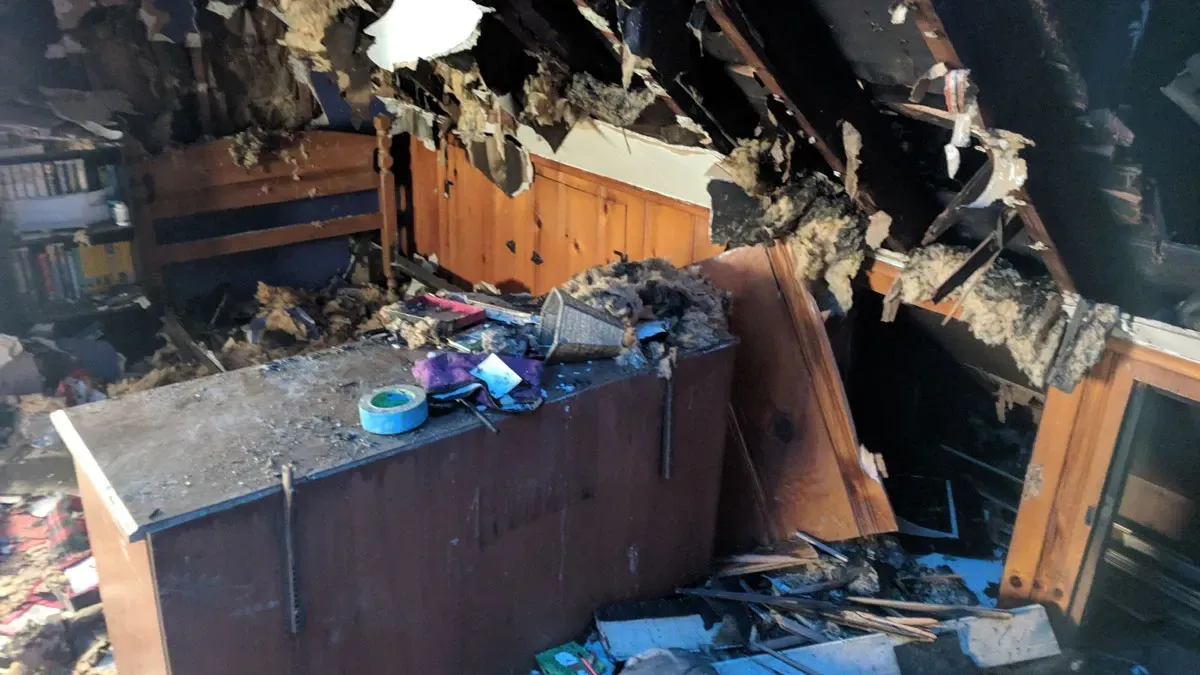Fire Damage Restoration in Lafayette, LA: Rescuing the Recoverable

The aftermath of a fire event can leave property owners in Lafayette, LA grappling with despair and confusion. The principal concern revolves around distinguishing which materials can be restored and which need replacement.
Pinpointing Salvageable Items in the Wake of Fire Damage
Fire restoration experts possess the necessary knowledge and experience to evaluate fire-damaged items, deciding which can be saved. Primarily, they concentrate on the following categories of materials:
- Clothing and Bedding: Fire restoration professionals, especially in Lafayette, LA, can generally clean and restore most clothes and bedding that is not seriously burnt or damaged.
- Furniture: Depending on the degree of fire damage, furniture might be restorable. Pros often fix and refinish wooden furniture, while upholstery may necessitate specialized cleaning.
- Electronics: If electronic goods haven't been directly burnt or exposed to extreme heat, they may be salvageable. A professional evaluation of these items is vital to avert potential electrical hazards.
- Personal Items: Objects like photos, books, and crucial documents might be salvageable, contingent on their exposure to fire and water.
The Function of Fire Restoration Services in Lafayette, LA
Professionals in fire restoration Lafayette, LA , use sophisticated techniques and specialized equipment to rescue salvageable materials:
- Assessment: Initially, professionals evaluate the extent of fire damage and identify salvageable items.
- Cleaning: Following the evaluation, professionals use special cleaning agents and techniques to eliminate soot, smoke, and fire residue from items.
- Deodorization: The experts also deodorize items to remove any lingering smoke smells.
- Final Inspection: A comprehensive inspection ensures items are correctly restored and safe for use.
Fire damage in Lafayette, LA, doesn't mean the end of the world. Professionals in the area work diligently to help residents recover. They also extend their services to surrounding areas, including Lake Charles, Baton Rouge, and New Iberia, LA, offering comprehensive fire restoration services.
Recognizing Materials Beyond Repair Post Fire
While fire restoration services can salvage many items, it's also critical to understand materials typically deemed unsalvageable post-fire. Here are some categories of materials that often can't be saved:
- Severely Burnt Items: Materials directly exposed to flames or extreme heat, such as fabrics, paper, or plastic, that have been partially or wholly burnt, are usually beyond restoration.
- Contaminated Food and Medicine: Any food, drinks, or medicine exposed to high heat, smoke, or firefighting chemicals should be discarded, as they may no longer be safe for consumption.
- Damaged Electronics: While some electronics can be restored, devices that have suffered direct fire or heat damage are often not salvageable due to the risk of electrical malfunctions.
- Cosmetics: Similar to food and medicine, cosmetics exposed to fire, smoke, or firefighting chemicals should be discarded due to potential contamination.
The safety of residents always takes precedence over the preservation of materials. In situations of uncertainty about an item, it is best to err on the side of caution and consider a replacement.
Key Factors for Salvaging Materials after Fire Damage in Lafayette, LA
While the capabilities of fire restoration professionals are expansive, several elements influence whether fire-damaged materials can be restored:
- Extent of Damage: The intensity of fire and smoke damage determines what can be saved. Items directly exposed to fire or intense heat may be beyond repair.
- Type of Material: Different materials have varying levels of fire resistance. Metals and ceramics, for example, may endure better than plastics.
- Time Since Fire Event: The longer items remain untreated after a fire, the more challenging they become to restore.
Fire restoration professionals, like those in Lafayette, LA, play a vital role in assisting homeowners to recover from fire incidents. Their expertise in identifying and restoring salvageable materials can significantly save property owners' replacement costs while preserving sentimental value items.
You might also like
DryMax Restoration Blogs




